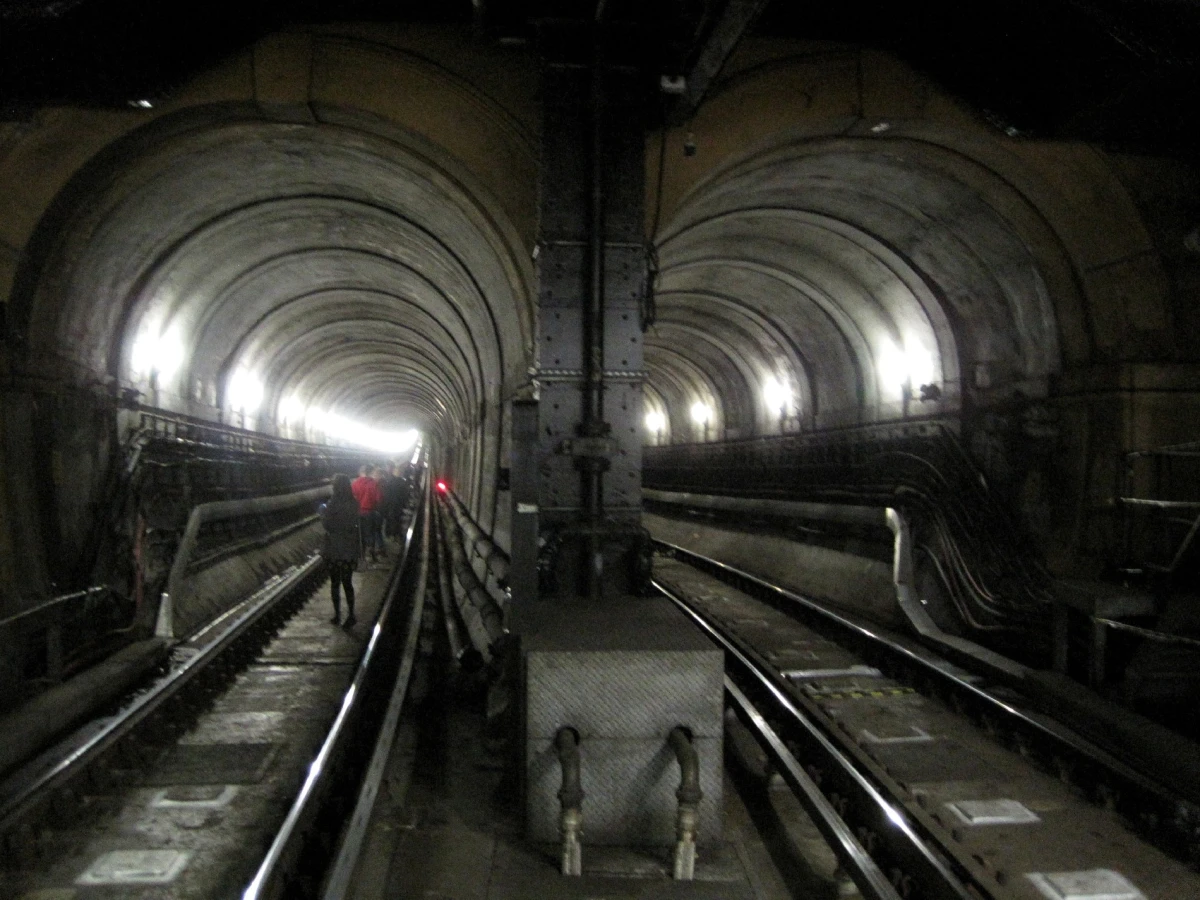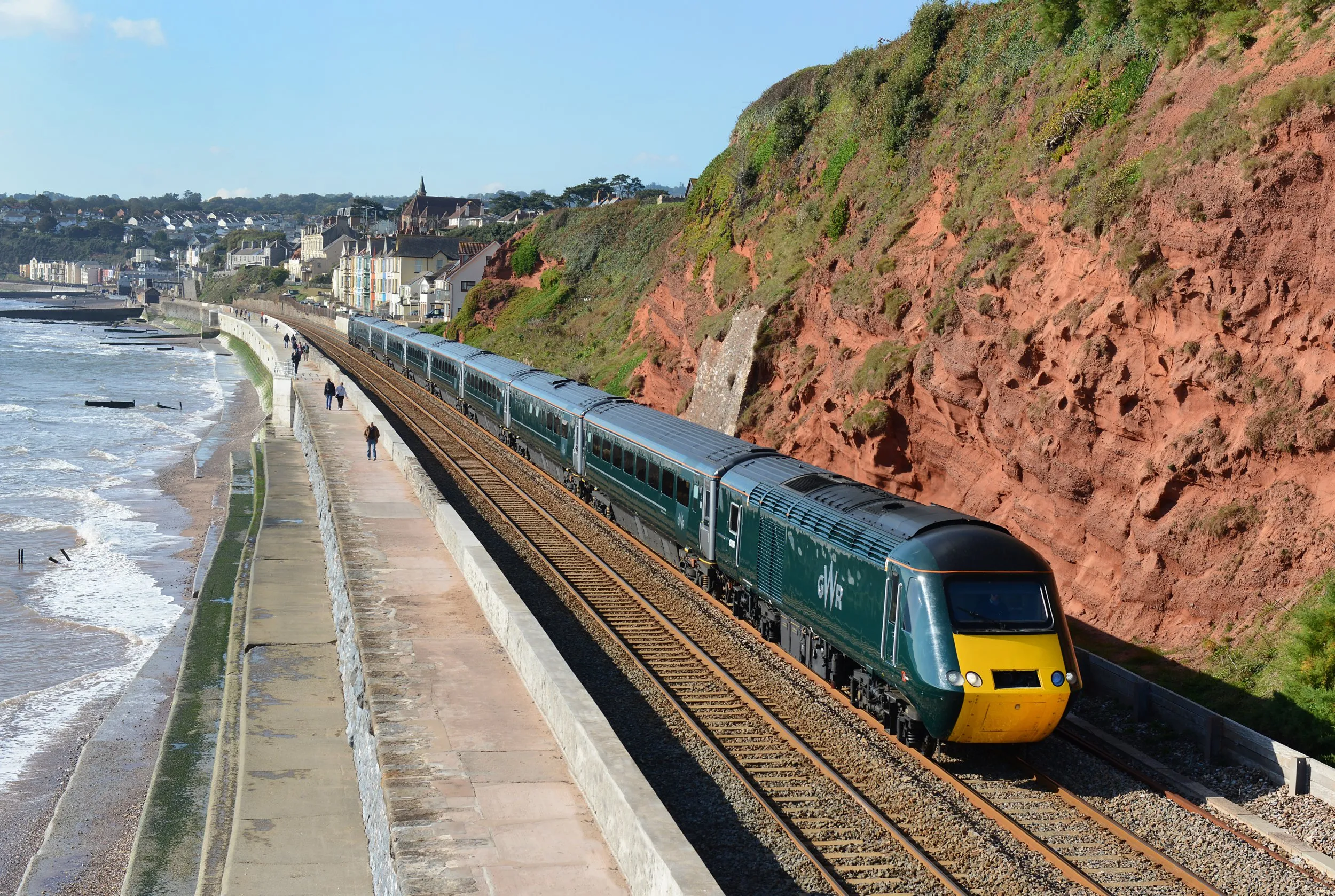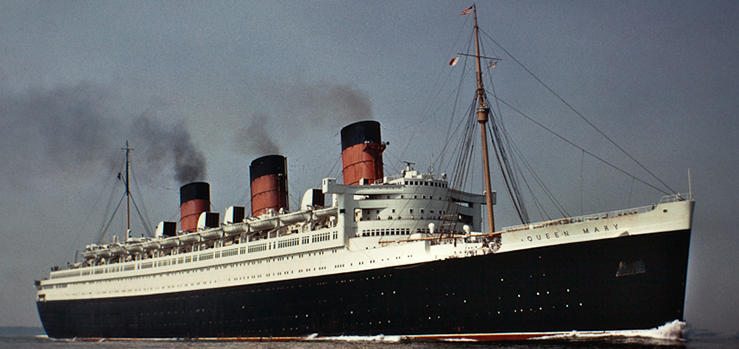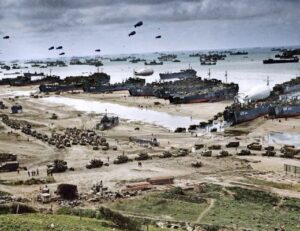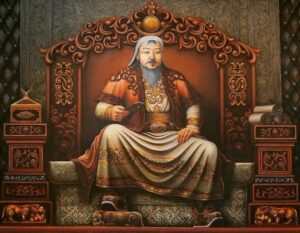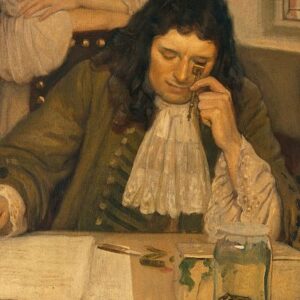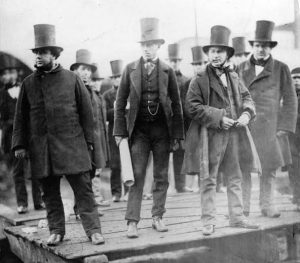
Table of Contents
Brunels' History
The Brunels, father and son, lived when Britain was becoming the world’s main industrial power. The father, Marc, was born in France in 1769. His Royalist sympathies nearly cost him his life during the French Revolution but, in 1793, he was shipped to safety in America. There he became New York’s chief engineer and later – in Britain – an inventor, being knighted in 1841 by Queen Victoria.

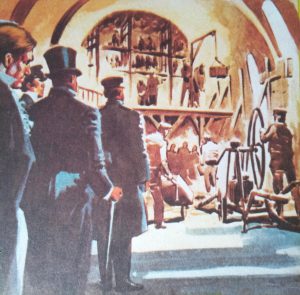
His most famous feat was the construction of the first tunnel under the Thames, begun in 1825 and finished in 1842. It was hampered by floods. Seven lives were lost and, undoubtedly, there would have been more but for Brunel’s iron ‘shield’ which made tunnelling easier and safer. This was forced forwards by screw power, 36 men, in groups, working at the same time, and adaptions of this idea are used even today.
Marc Brunel died in 1849 but his son, Isambard Kingdom (1806-59) was to become even more famous. He improved the Bristol docks then, when only 27, became engineer-in-chief of the Great Western Railway. One achievement, on the London to Bristol line, was the Box Tunnel which took five years to bore. He introduced, too, the broad gauge track (7ft.) later replaced by the standard gauge track (4ft. 8½ins.)
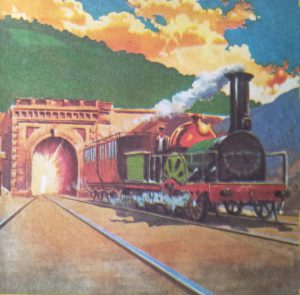
Brunel junior was also a superb designer of bridges. The Clifton Suspension Bridge was his work, although it was not completed until after his death. So was the Royal Albert Bridge over the River Tamar at Saltash, its strength coming from two wrought-iron arched booms. He is particularly remembered today though as an original designer of ships. A man who thought big, he built three famous vessels, each the largest of its day.

The first was The Great Western (1837). This was a wooden paddle steamer and the first to be used on a regular transatlantic service. The second was The Great Britain (1843). This again was a first. It was the first large iron-hulled screw steamship. And the third, The Great Eastern (1858) – was screw and paddle driven. This ship had a double iron hull. Almost certainly, it was Brunel’s work on it that shortened his life.
Brunel did not live to see The Great Eastern’s maiden voyage to New York in 1860. He was never able – or even willing – to delegate work to others. He was present when the engines were tried (and failed) on September 5, 1859 – and died ten days later, no doubt from strain. The great ship had taken nearly six years to build. For half a century it was the world’s largest. Isambard Kingdom Brunel thought big to the very end.
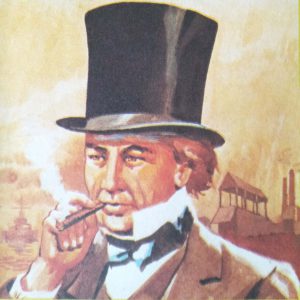
The Brunels were unusual and very talented men. Both were highly original, versatile and imaginative. And Marc’s great invention, the iron ‘shield’, saved the lives of many men involved in the dangerous work of tunnelling, particularly in those early days.
The principle on which it worked was to contain groups of men while they tunnelled, to provide an initial lining for the tunnel and to shield the men from any really heavy flooding which they could not have escaped.
Isambard Kingdom Brunel, on the other hand, was involved in two controversies — after his death.
One was concerning his masterpiece, the Great Western Railway — or, to be more exact, his introduction of the broad gauge — seven feet between the lines. There is no doubt at all that he believed it was more comfortable and safer than the narrower (later standard) one of George and Robert Stephenson. He also believed a higher speed was possible using it. Probably there were things to be said for both.
The main disadvantage, however, was that there were two different gauges at all. The Stephensons had already laid a significant amount of track at the four feet, eight and a half inches gauge when Brunel designed the Great Western. So, when the two systems met, there were irritating delays for both passengers and goods while they were transferred from one system to the other.
It was, however, some time after Brunel’s death that the Great Western went standard, in keeping with the rest of Britain’s railway systems.
Great Eastern
The other controversy was to do with The Great Eastern. It was bold and imaginative in design but had two serious faults. The stern bearing of the screw shaft kept wearing away. This, of course, continued until it was replaced with a different type. Also, the lifeboats were hung from fixed davits over the ship’s sides. Brunel wrongly thought that the Atlantic could not reach them. It could and did.
The vast ship would hold up to 4,000 passengers, almost twice as many as most big liners of the twentieth century but this was more than was really needed on the Atlantic run.
Finally, she was turned into a cable-laying ship, for which she was ideal and, in the end, she was broken up.
The Brunels provide a remarkable example in engineering history. No other engineering father and son have been so versatile, so widely ranged or so imaginative. So much of Isambard Kingdom Brunel’s work can be seen around the nation that his fame is never likely to fade, Both were truly memorable men!
Who were The Brunels?
The Brunels were a prominent family of engineers and architects who played a significant role in shaping the industrial landscape of Britain during the 19th century. The family is best known for their innovative engineering projects, particularly in the field of civil engineering.
The most influential member of the Brunel family was Isambard Kingdom Brunel, who is often regarded as one of the greatest engineers in history. Born in 1806, he began his career under the mentorship of his father, Marc Isambard Brunel, who was an accomplished engineer himself. Isambard Kingdom Brunel’s first major project was the Thames Tunnel, an ambitious underwater tunnel built beneath the River Thames in London. This project, which involved utilizing a specialized tunneling shield, was a major engineering achievement and brought Brunel international recognition.
Isambard Kingdom Brunel’s most notable project was the construction of the Great Western Railway, which spanned from London to Bristol. This railway line was an engineering marvel at the time, featuring innovative engineering solutions such as the use of a broad gauge track for greater stability and speed. Brunel also designed numerous iconic railway structures, such as the iconic Clifton Suspension Bridge in Bristol, which further solidified his reputation as a leading engineer.
In addition to his railway projects, Brunel also made significant contributions to the field of shipbuilding. He designed and built several groundbreaking steamships, including the Great Western, the Great Britain, and the SS Great Eastern. These ships were notable for their size, speed, and technological advancements, such as the use of an iron hull and the implementation of newly designed propellers. Brunel’s ships revolutionized transatlantic travel, making it faster, safer, and more comfortable.
Isambard Kingdom Brunel’s father, Marc Isambard Brunel, also had a noteworthy career in engineering. He was responsible for the aforementioned Thames Tunnel, which was the first tunnel built successfully under a navigable river. Marc Isambard Brunel also invented the block-making machinery, a device that mechanized the production of pulley blocks used in various industries.
The Brunel family’s engineering legacy continued after Isambard Kingdom Brunel’s death in 1859. His son, Henry Marc Brunel, became an accomplished civil engineer and carried on the family business. He made significant contributions to the construction of the Victoria Dock in London and the Bristol Docks.
Overall, the Brunels’ impact on engineering and architecture during the 19th century cannot be overstated. Their innovative designs, pioneering techniques, and ambitious projects laid the foundation for modern civil engineering. They not only transformed the landscape of Britain but also influenced engineering practices globally. Today, their structures and inventions continue to be revered as marvels of engineering and serve as a testament to the ingenuity and brilliance of the Brunel family.
Isambard Kingdom Brunel was a renowned British civil engineer who made significant contributions to the field and revolutionized transportation in the 19th century through his innovative designs.
Some of his major achievements include:
Thames Tunnel
Copied
Thames Tunnel
One of Brunel's earliest achievements was the construction of the Thames Tunnel, which was the world's first tunnel to be successfully built under a navigable river. This project, started in 1825 and completed in 1843, demonstrated Brunel's engineering expertise and laid the foundation for his future endeavors.
One of Brunel's earliest achievements was the construction of the Thames Tunnel, which was the world's first tunnel to be successfully built under a navigable river. This project, started in 1825 and completed in 1843, demonstrated Brunel's engineering expertise and laid the foundation for his future endeavors.
One of Brunel’s earliest achievements was the construction of the Thames Tunnel, which was the world’s first tunnel to be successfully built under a navigable river. This project, started in 1825 and completed in 1843, demonstrated Brunel’s engineering expertise and laid the foundation for his future endeavors.
Great Western Railway
Copied
Great Western Railway
Brunel's most iconic project was the Great Western Railway (GWR). As the chief engineer, he designed and oversaw the construction of a railway network spanning from London to Bristol. Brunel introduced several innovative features in railway construction, such as a broader gauge (7 ft 0¼ in), which allowed for faster and more comfortable travel. The GWR significantly reduced journey times, making it a pioneering example of long-distance rail travel.
Brunel's most iconic project was the Great Western Railway (GWR). As the chief engineer, he designed and oversaw the construction of a railway network spanning from London to Bristol. Brunel introduced several innovative features in railway construction, such as a broader gauge (7 ft 0¼ in), which allowed for faster and more comfortable travel. The GWR significantly reduced journey times, making it a pioneering example of long-distance rail travel.
Brunel’s most iconic project was the Great Western Railway (GWR). As the chief engineer, he designed and oversaw the construction of a railway network spanning from London to Bristol. Brunel introduced several innovative features in railway construction, such as a broader gauge (7 ft 0¼ in), which allowed for faster and more comfortable travel. The GWR significantly reduced journey times, making it a pioneering example of long-distance rail travel.
Steamships
Copied
Steamships
Brunel played a crucial role in the development of steamships and designed several remarkable vessels during his career. The most famous of these was the SS Great Eastern, which was the largest ship ever built at the time and revolutionized maritime travel. The ship could carry a massive cargo capacity and had both screw and paddle propulsion systems, making it versatile and trailblazing for its time.
Brunel played a crucial role in the development of steamships and designed several remarkable vessels during his career. The most famous of these was the SS Great Eastern, which was the largest ship ever built at the time and revolutionized maritime travel. The ship could carry a massive cargo capacity and had both screw and paddle propulsion systems, making it versatile and trailblazing for its time.
Brunel played a crucial role in the development of steamships and designed several remarkable vessels during his career. The most famous of these was the SS Great Eastern, which was the largest ship ever built at the time and revolutionized maritime travel. The ship could carry a massive cargo capacity and had both screw and paddle propulsion systems, making it versatile and trailblazing for its time.
Clifton Suspension Bridge
Copied
Clifton Suspension Bridge
Another significant achievement of Brunel was the Clifton Suspension Bridge in Bristol. This bridge, completed after Brunel's death in 1864, is an engineering marvel that spans the Avon Gorge. It showcased his mastery of suspension design and became an enduring symbol of his ingenuity.
Another significant achievement of Brunel was the Clifton Suspension Bridge in Bristol. This bridge, completed after Brunel's death in 1864, is an engineering marvel that spans the Avon Gorge. It showcased his mastery of suspension design and became an enduring symbol of his ingenuity.
Another significant achievement of Brunel was the Clifton Suspension Bridge in Bristol. This bridge, completed after Brunel’s death in 1864, is an engineering marvel that spans the Avon Gorge. It showcased his mastery of suspension design and became an enduring symbol of his ingenuity.
Brunel's designs revolutionized transportation in the 19th century for several reasons:
-
Increased speed and efficiency
Brunel’s broader gauge railway tracks allowed trains to run at higher speeds, reducing travel times drastically. The GWR became known for its speed and comfort, setting new standards for the industry.
-
Introduction of steam power
Brunel played a crucial role in popularizing steam power for maritime transport. Steamships like the SS Great Eastern were faster and more reliable than sailboats, making long-distance travel by sea much more efficient.
-
Pioneering engineering techniques
Brunel was an innovator who developed new construction methods and materials. His projects pushed the boundaries of what was considered possible, inspiring other engineers to experiment and advance the field of civil engineering further.
-
Iconic structures
CopiedIconic structuresBrunel's designs, such as the Thames Tunnel and Clifton Suspension Bridge, became iconic landmarks and demonstrated the potential for engineering excellence. These structures not only revolutionized transportation but also inspired awe and admiration for his engineering prowess.
Brunel’s designs, such as the Thames Tunnel and Clifton Suspension Bridge, became iconic landmarks and demonstrated the potential for engineering excellence. These structures not only revolutionized transportation but also inspired awe and admiration for his engineering prowess.
Isambard Kingdom Brunel’s major achievements in civil engineering include the Thames Tunnel, Great Western Railway, steamships, and the Clifton Suspension Bridge. His designs revolutionized transportation in the 19th century by increasing speed and efficiency, introducing steam power, pioneering new engineering techniques, and creating iconic structures that set new benchmarks in the field.
Frequently Asked Questions : The Brunels
The Brunels refer to the members of the Brunel family, a prominent and influential family in British history. The family is best known for their contributions to engineering and architecture during the Industrial Revolution in the 19th century. The most notable members of this family are Isambard Kingdom Brunel and his father, Marc Isambard Brunel, who have left a lasting legacy with their revolutionary designs and engineering projects.
Isambard Kingdom Brunel was a pioneering engineer and architect, primarily known for his innovative designs and constructions in the field of transportation. Some of his most significant achievements include the construction of the Great Western Railway, which connected London to Bristol and played a pivotal role in the Industrial Revolution. He also designed the Clifton Suspension Bridge in Bristol, considered an engineering marvel of the time. Additionally, he was responsible for the design and construction of numerous steamships, including the iconic SS Great Britain.
Marc Isambard Brunel, the father of Isambard Kingdom Brunel, was also a highly respected engineer and inventor. He made substantial contributions to the field of civil engineering during his career. One of his most notable achievements was the invention of the tunneling shield, a revolutionary technology that allowed for the construction of the Thames Tunnel, the first tunnel under a navigable river. This invention was a significant advancement in engineering and laid the foundation for subsequent tunneling projects worldwide.
The Brunels played a crucial role in the advancement of engineering and the Industrial Revolution. Through their innovative designs and inventions, they revolutionized various sectors, including transportation and infrastructure. Isambard Kingdom Brunel’s creations, such as the Great Western Railway and the SS Great Britain, significantly improved transportation capabilities and facilitated the rapid growth of trade and industry. Marc Isambard Brunel’s tunneling shield revolutionized tunnel construction and opened up new possibilities in underground transportation and infrastructure development.
The Brunels left a lasting legacy in the field of engineering and architecture. Their innovative designs and construction techniques became benchmarks for future generations of engineers. Isambard Kingdom Brunel’s structures, such as the Clifton Suspension Bridge and the SS Great Britain, continue to stand as iconic symbols of engineering prowess. Moreover, their contributions to the Industrial Revolution transformed the landscape of Britain and had a profound impact on the global industrialization movement.
To learn more about the Brunels and their achievements, there are several resources available. Books and biographies have been written detailing the lives and works of Isambard Kingdom Brunel and Marc Isambard Brunel. There are also museums dedicated to each of them, such as the Brunel Museum in London and the ss Great Britain in Bristol, where visitors can explore their designs, inventions, and the impact they had on society. Additionally, various online sources provide in-depth information and access to archival materials related to the Brunels and their contributions.














